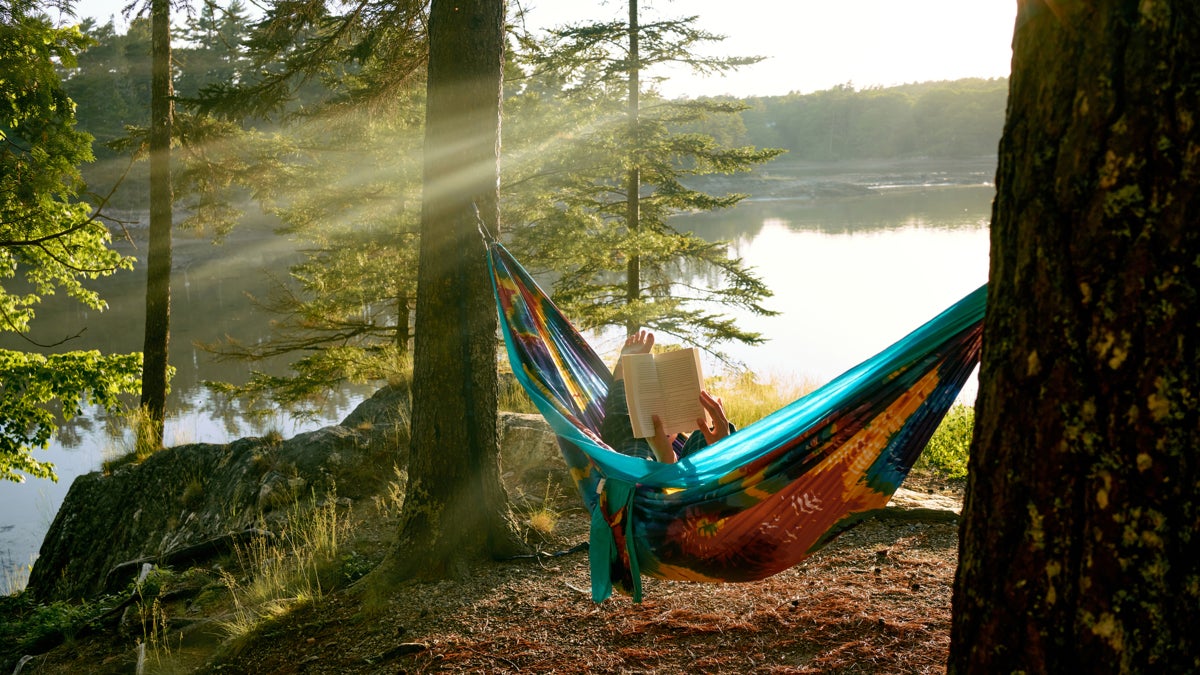No products in the cart.
Outdoor Adventure
The 2022 Sweat Science Summer Book List
Get full access to Outside Learn, our online education hub featuring in-depth fitness, nutrition, and adventure courses and more than 2,000 instructional videos when you
sign up for Outside+.
If you’re traveling this summer, my advice is (a) bring lots of books, and (b) keep them in your carry-on luggage. It’s crazy out there, but one way or another you’ll get some time to read. Here are some of the titles I’ve enjoyed so far this year, some new and some old, mostly aligned with the Sweat Science themes of science, endurance, fitness, and adventure.
‘Scientific Training for Endurance Athletes,’ by Philip Skiba
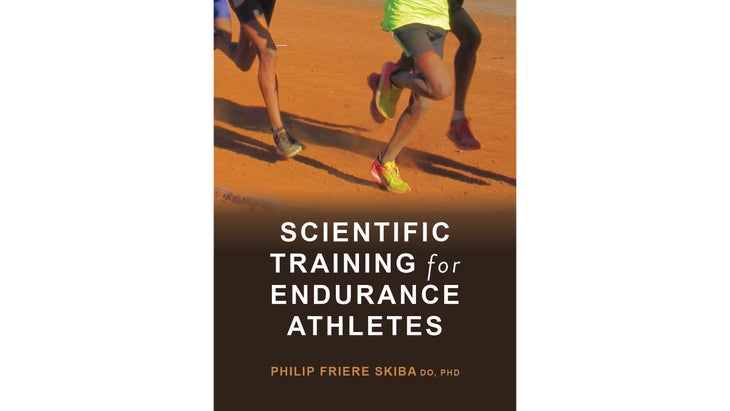
Skiba wears a bunch of hats, including sports medicine doctor and former consultant to Nike’s Breaking2 marathon project, but the label that fits best in this context is probably “performance engineer.” His particular expertise, honed both as a coach and during his PhD studies, is modeling the body’s response to endurance training and racing using training load algorithms and the critical power model. As the title suggests, this book is a general treatise on how to train, with amusingly frank sections on a broad range of topics like nutrition and technological aids. But the real meat, and what distinguishes it from the numerous other training books out there, is the explanations of how to use algorithms to guide—or rather, engineer—your training and racing.
‘The Sweet Spot,’ by Paul Bloom
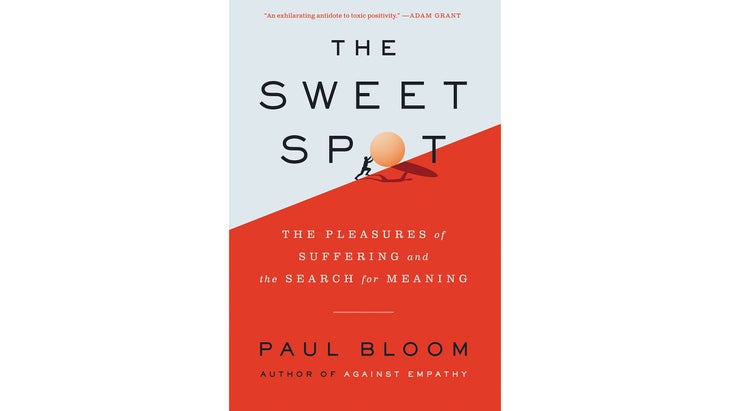
This one doesn’t have “endurance athletes” in the title, but its subtitle is “The Pleasures of Suffering and the Search for Meaning”—so yes, it’s talking to you, you marathon runner or cyclist or mountain climber or whatever. Bloom is a psychologist who recently moved from Yale to the University of Toronto, and the primary question he tackles here is: Why do we choose to do hard or unpleasant things, like watching horror movies and eating spicy food? The answers he comes up with aren’t simple (George Mallory’s “Because it’s there” as a justification for trying to climb Everest doesn’t cut it), but they’re thought-provoking—and, for an endurance athlete, strangely reassuring. We’re not crazy after all.
‘How She Did It,’ by Molly Huddle and Sara Slattery
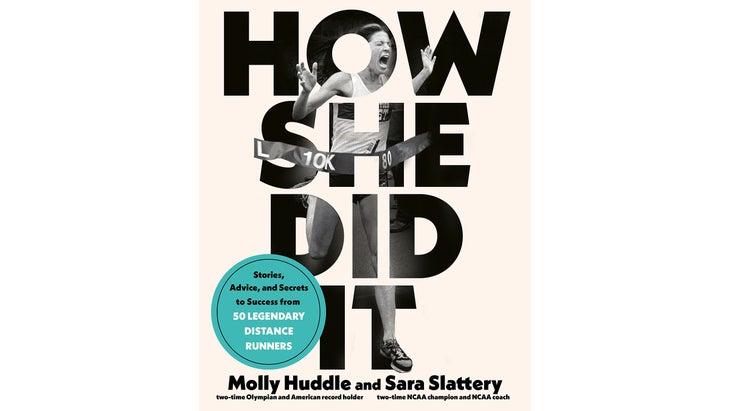
Mary Cain’s 2019 revelations about how her promising track career was derailed by “a system designed by and for men” jumpstarted a long overdue reckoning with the cultural, social, and physiological hurdles faced by young female runners. It also indirectly prompted this book by Huddle and Slattery, both of whom successfully translated early potential into long and productive pro careers—though not without significant detours and challenges (as they discuss in this interview with Outside). The goal of the book is to collect the best advice from 50 other running legends across the decades, and to show that it’s possible for girls and women to have a long and fulfilling relationship with running. They don’t sugarcoat the challenges that still exist, but the result is an uplifting and optimistic read.
‘Do Hard Things,’ by Steve Magness
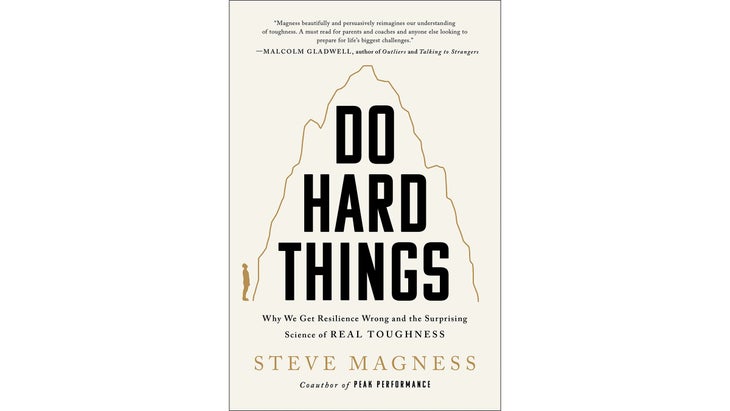
There’s a famous story about a horrific ten-day training camp that Texas A&M football coach Bear Bryant inflicted on his team back in 1954, which resulted in about 80 of 115 players quitting and supposedly planted the seeds for subsequent championship teams. This book, by a longtime elite track coach and performance guru, is an indictment of that brand of macho toughness-building—not just because it’s demeaning, but because it doesn’t work. Instead, Magness lays out a roadmap to toughness that involves embracing reality, listening to your body, and finding meaning in discomfort. (Outside ran an excerpt of the book here.) Magness comes from the track world and still draws lots of anecdotes and observations from it, but in this book he’s showing once again that he’s a perceptive thinker about performance in a much broader sense.
‘Seven and a Half Lessons About the Brain,’ by Lisa Feldman Barrett
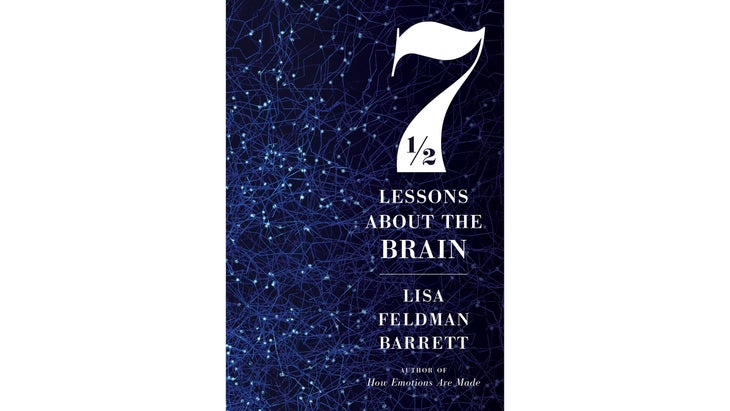
Feldman Barrett is a brain scientist known for some pretty heavy research on the neuroscience of emotion, which she described at length in a 2017 book. Seven and Half Lessons is a different beast. Here’s how she described it on Twitter shortly before its publication in 2020: “The world has enough 400-page brain books; I wanted a neuroscience ‘beach read’ that’s readable in a few hours, makes you laugh a bit & leaves you feeling smarter.” The result is, indeed, a surprisingly light read, though you can wade into the appendix as desired. Still, it had plenty of surprises for me on persistent myths (like the dichotomy between our ancient reptilian brains and modern centers of rationality) and evolving ideas in neuroscience (the brain as a network rather than a collection of specialized sub-regions; its origins as a prediction engine). And it gave me some ideas about topics where I might want to seek out those 400-page brain books (one of which was The Hidden Spring, by Mark Solms, on how predictive processing might lead to consciousness).
‘Kindred,’ by Rebecca Wragg Sykes
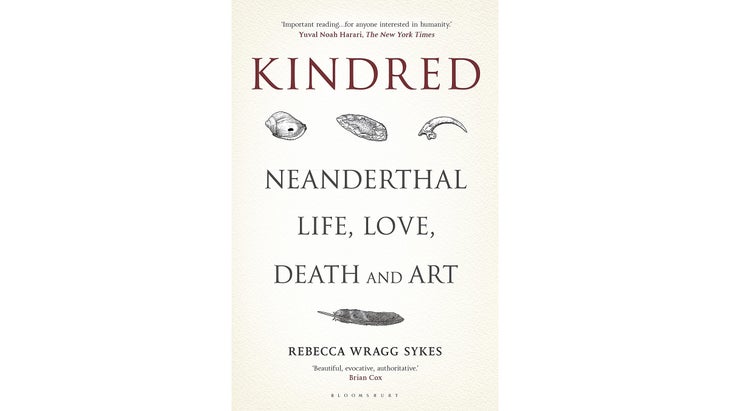
Sometimes when you’re reading a book, you get the feeling that this is the definitive book on a topic. Whatever question pops into your mind, it turns out there’s a whole chapter on it, summing up the history, current status, and future prospects of research in the area. That’s the feeling you get from Sykes’s exhaustive reappraisal of Neanderthals, new in paperback a few weeks ago, which counters the long-entrenched cliché of a primitive sub-human species. The level of detail is really remarkable, and gave me the clearest picture I’ve ever had of what life would have been like tens or hundreds of thousands of years ago.
‘On Quality,’ by Robert Pirsig
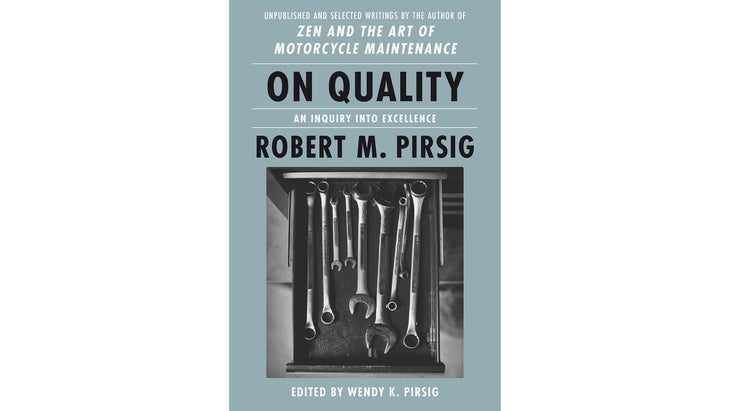
The single worst piece of academic work I ever turned in was a ninth-grade book report on Pirsig’s 1974 classic Zen and Art of Motorcycle Maintenance. I completely and utterly failed to understand even the superficial narrative, much less the underlying philosophy. A few years ago, thanks to nudging from Brad Stulberg, I returned to the book. This time I got a lot more from it, but I still wouldn’t say it was easy reading. That’s why I appreciated On Quality, a posthumous selection of Pirsig’s writings, both unpublished and published, curated by his widow, Wendy Pirsig. (Robert Pirsig died in 2017.) The writings focus on the central concept in Pirsig’s books—what he calls Quality—and they’re artfully organized in a way that traces the development of the ideas and makes them much more accessible. Now I’m looking forward to tackling Zen one more time.
‘Nerve,’ by Eva Holland
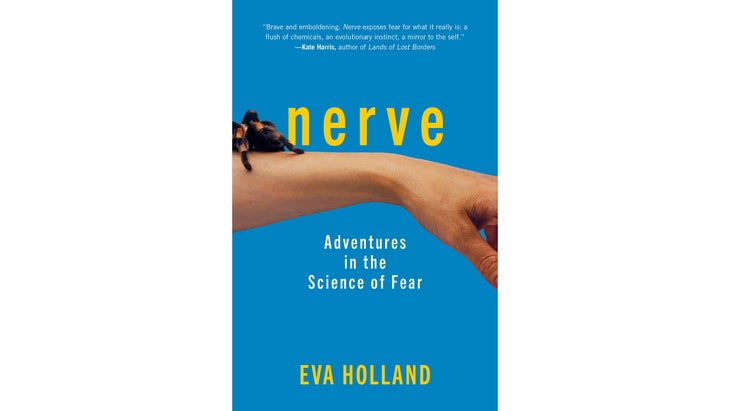
I thought I knew the roadmap for “science of X” books, but Holland’s take on the science of fear is much more personal than I expected. It’s as much memoir as it is scientific exploration, and it packs a heftier emotional punch as a result (she’s gone through some stuff). That said, there’s plenty of interesting science here too, including some novel new approaches to dealing with fear that betray how much we still have to learn about the topic. Nerve came out in April 2020, when I (along with everyone else) was preoccupied with a new fear, but it’s worth circling back to check it out if you missed it. Here’s an excerpt that Outside ran when it was published.
‘Barbarian Days,’ by William Finnegan
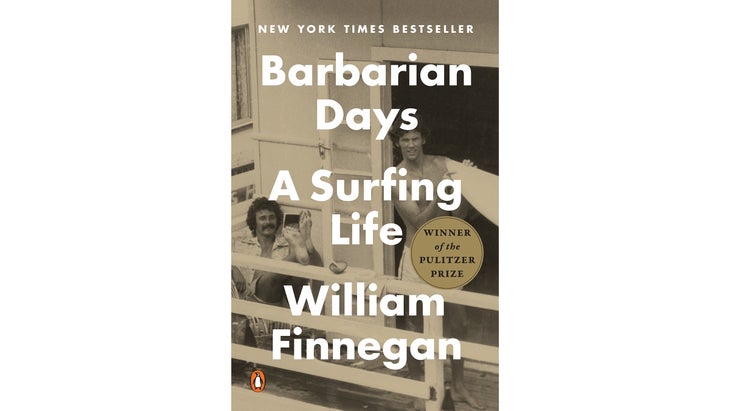
I’ve surfed successfully for a grand total of about three and a half seconds in my life (and that’s being generous), but that didn’t stop me from enjoying Finnegan’s Pulitzer Prize-winning memoir about a life spent surfing. Journeys to mastery are interesting regardless of the specific skill being mastered, and there was a lot that felt familiar to me in his total immersion in a hidden subculture devoted to a seemingly meaningless pursuit. I mean, I guess it helps that surfing took him around the world to obscure and unfamiliar places where he encountered unusual people and hair-raising adventures, as opposed to devoting his decades to sitting in a dark room mastering origami. But it’s the inner journey that’s the real prize here.
‘A Suitable Companion for the End of Your Life,’ by Robert McGill
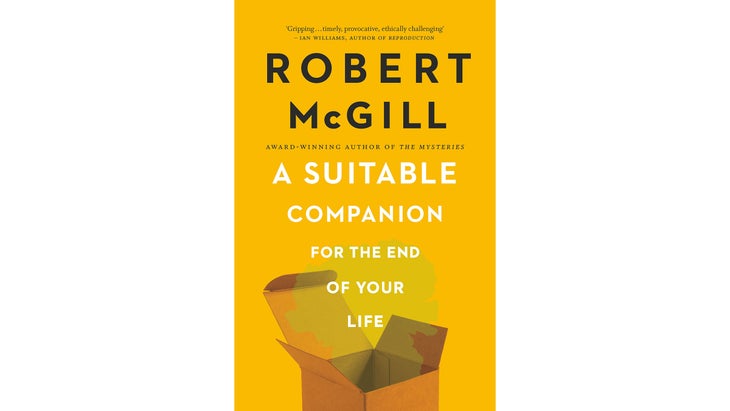
Regan is an 18-year-old distance runner who hasn’t been able to run for three months thanks to a recalcitrant stress fracture. Sounds horrifying already, right? But things get significantly worse—and weirder—in this dystopian novel. The action happens to take place during a pandemic, a plot point that was apparently decided before COVID, and pushes IKEA’s flatpacking concept to a surprising but somehow logical extreme. It’s suspenseful and funny, and McGill is a former national-class distance runner, so he gets the running parts right.
For more ideas, check out my holiday book list from last December. Whichever ones you choose, enjoy your summer reading!
For more Sweat Science, join me on Twitter and Facebook, sign up for the email newsletter, and check out my bookEndure: Mind, Body, and the Curiously Elastic Limits of Human Performance.

